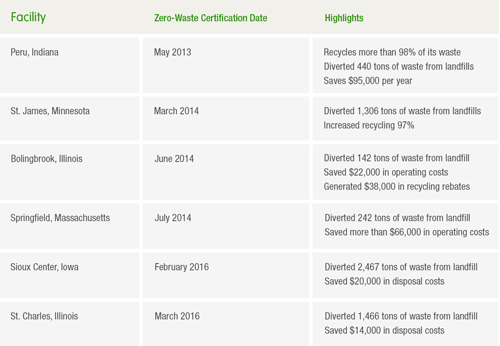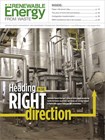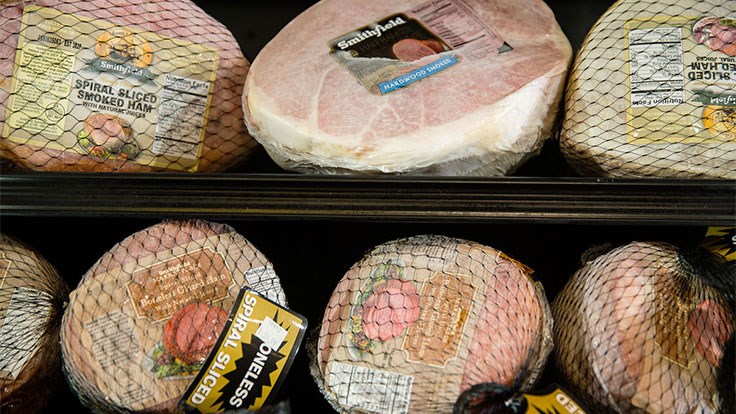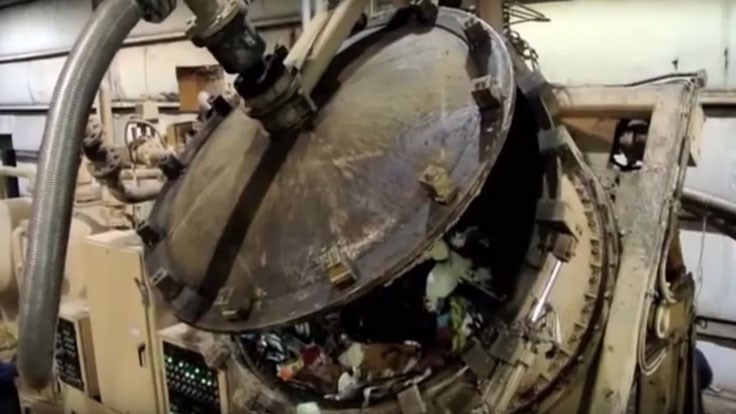Smithfield Foods Inc., Smithfield, Virginia, has announced the full release of its 2015 Sustainability & Financial Report.
For the first time, Smithfield published its 15th annual sustainability report in segments organized by pillar of the company’s robust program. The goal of the multiphase release was to better engage a broad range of stakeholders by delivering information in a more accessible, meaningful way while enhancing transparency, says the company. Over a period of several weeks during the summer of 2016, Smithfield published the Animal Care, Environment, Food Safety & Quality, Helping Communities and People sessions in succession.
Additional sections now available include Governance & Management, International Operations and Value Creation, along with key metrics measuring the company’s sustainability performance. Together, the newly issued sections demonstrate how the company’s sustainability programs create value for the company and its stakeholders.
“At Smithfield, we understand that financial stability and sustainability efforts go hand-in-hand,” says Stewart Leeth, vice president of regulatory affairs and chief sustainability officer for Smithfield Foods. “By leveraging our vertically integrated business model, our sustainability efforts drive efficiency throughout our operations and yield benefits all along our supply chain.”
Notable highlights from the report are the company’s achievements in the area of the environment. The company says it achieved and made significant progress in natural resource reduction targets including meeting its normalized greenhouse gas (GHG) emissions reduction goal and nearly meeting its energy use reduction target four years ahead of its 2020 deadline.
The company notes, “Over the past few years, we have encouraged all domestic processing facilities to meet zero-waste-to-landfill best practices.”
It has a variety of criteria in place for facilities to follow in order to be considered zero waste. Examples are as follows.
Wood:
- pallets are reused several times before being recycled; and
- ground into mulch.
Fibers:
- paper and cardboard sold as a commodity with sales of 1.2 million in 2015.
Plastics:
- reused and recycled;
- sold as a commodity; and
- recovered for waste to energy; 26,000 tons converted into energy. Covanta uses waste from Bollingbrook plant to power Purdue University and several Indianapolis buildings.
Metals:
- reuse metal drums several times before recycling; and
- sold as a commodity; more than 2,000 tons in 2015.
Organic Waste:
- rendering;
- composting; and
- land application.
Oils
- sold as a commodity; sales exceeded $7.7 million in 2015;
- used to make biodiesel;
- used in industrial gels, gel caps for medicine and in cosmetics; and
- biogas digester: captured 480,600 gigajoules of biogas in 2015; several facilities send sludge to local dairies to generate electricity.
Six facilities were listed as achieving zero-waste-to-landfill status, including:

Two additional facilities are expected to be certified in 2017
“Smithfield continues to lead the industry in sustainability, and I am proud that we have made such significant progress toward our sustainability goals and targets, even achieving some goals years ahead of schedule,” said Ken Sullivan, president and CEO for Smithfield Foods. “These achievements positively impact our business, advance the industry and better position our company as a global food producer and leading consumer packaged goods company.”
The full report is now available at www.smithfieldfoods.com/2015report.




